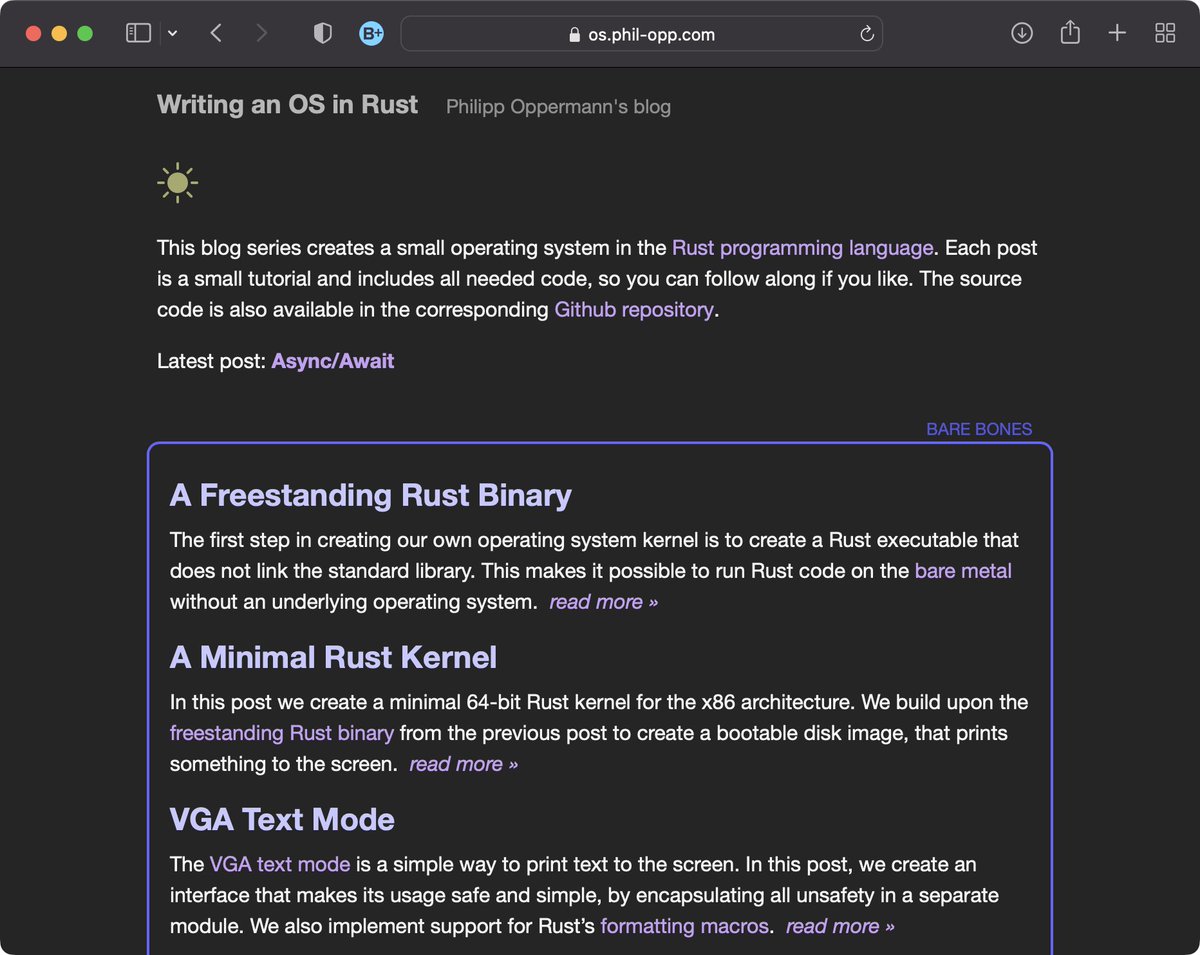
🦄I have created so many #free #YouTube #courses that even I've almost lost count! Here is a list of all my courses (#Flutter 💙, #Rust 🦀, #Python 🐍, #Django), with explanations and links! A #thread 👇🏻 
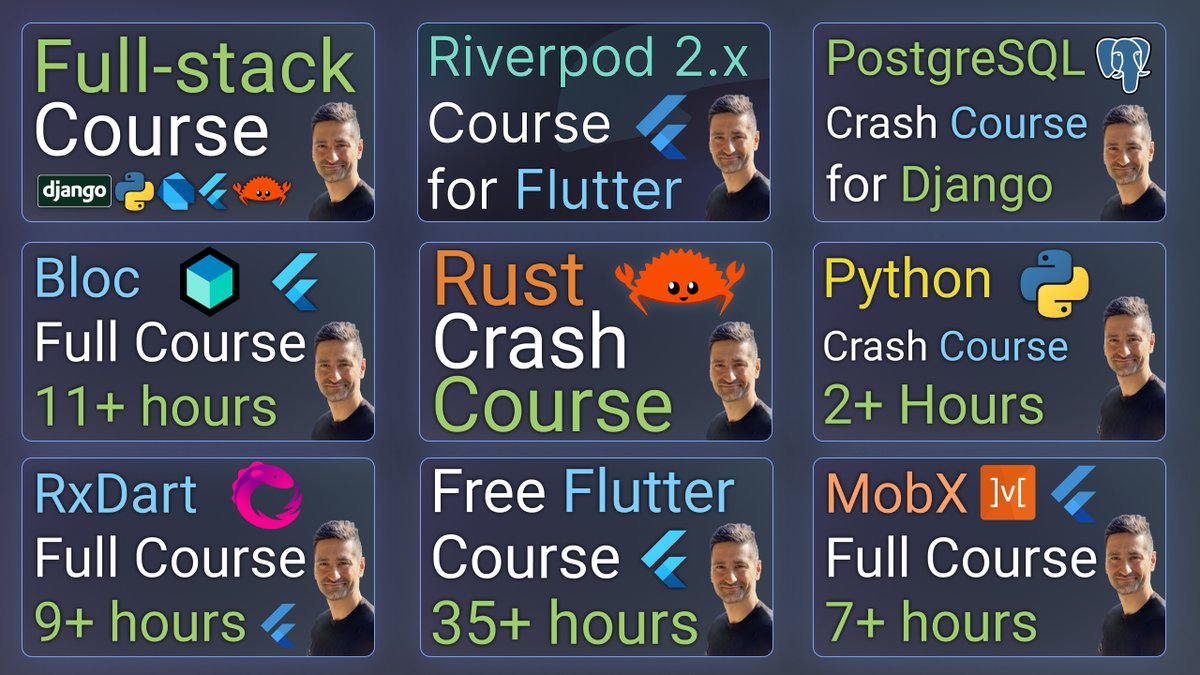
Free #Full-#stack Course
In this course we will create a backend with RESTful API endpoints together with JWT token authorization using Django and Django REST Framework to serve our Flutter and Rust clients (This is an ongoing course) youtube.com/playlist?list=…
In this course we will create a backend with RESTful API endpoints together with JWT token authorization using Django and Django REST Framework to serve our Flutter and Rust clients (This is an ongoing course) youtube.com/playlist?list=…
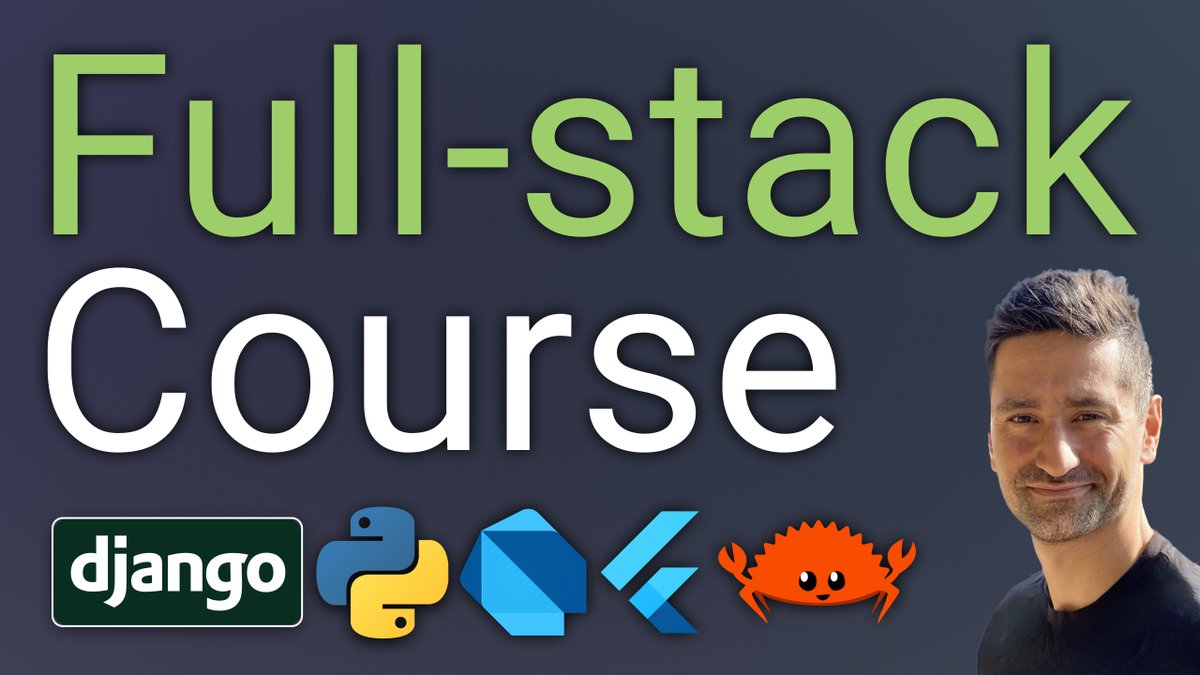
#Riverpod 2.x #State #Management Course for #Flutter Developers (17 hours long course)
In this course we will develop a fully functioning Instagram application with Flutter and Riverpod where users can upload photos, videos, comment, like and more!
In this course we will develop a fully functioning Instagram application with Flutter and Riverpod where users can upload photos, videos, comment, like and more!

#Bloc State Management Course for #Flutter Developers
In this course (11+ Hours) we will look at another popular state management solution for Flutter, called Bloc. We will create quite a lot of example applications that demonstrate how Bloc works.
In this course (11+ Hours) we will look at another popular state management solution for Flutter, called Bloc. We will create quite a lot of example applications that demonstrate how Bloc works.

#Rust Crash Course
In this course that is suited for programmers already familiar with another language, we will dig into what Rust is and some of the basic functionalities that you can expect from this beautiful language including modern memory management youtube.com/playlist?list=…
In this course that is suited for programmers already familiar with another language, we will dig into what Rust is and some of the basic functionalities that you can expect from this beautiful language including modern memory management youtube.com/playlist?list=…

#Free #Flutter #Course
With more than 1 million viewers, this 35+ hours monster course takes you from absolute beginner to releasing your apps to the App Store and Google Play Store youtube.com/playlist?list=…
With more than 1 million viewers, this 35+ hours monster course takes you from absolute beginner to releasing your apps to the App Store and Google Play Store youtube.com/playlist?list=…

#PostgreSQL Crash Course
In this course we will look at installing PostgreSQL on Windows, macOS and Linux and learn some of the essential commands in order to be able to connect our database to #Django
In this course we will look at installing PostgreSQL on Windows, macOS and Linux and learn some of the essential commands in order to be able to connect our database to #Django

#Python Crash Course
In this 2+ hours crash course you will learn about the most important features of Python as a programming language. Even if you've not worked with Python before, after this course you will be comfortable enough to start a project
In this 2+ hours crash course you will learn about the most important features of Python as a programming language. Even if you've not worked with Python before, after this course you will be comfortable enough to start a project
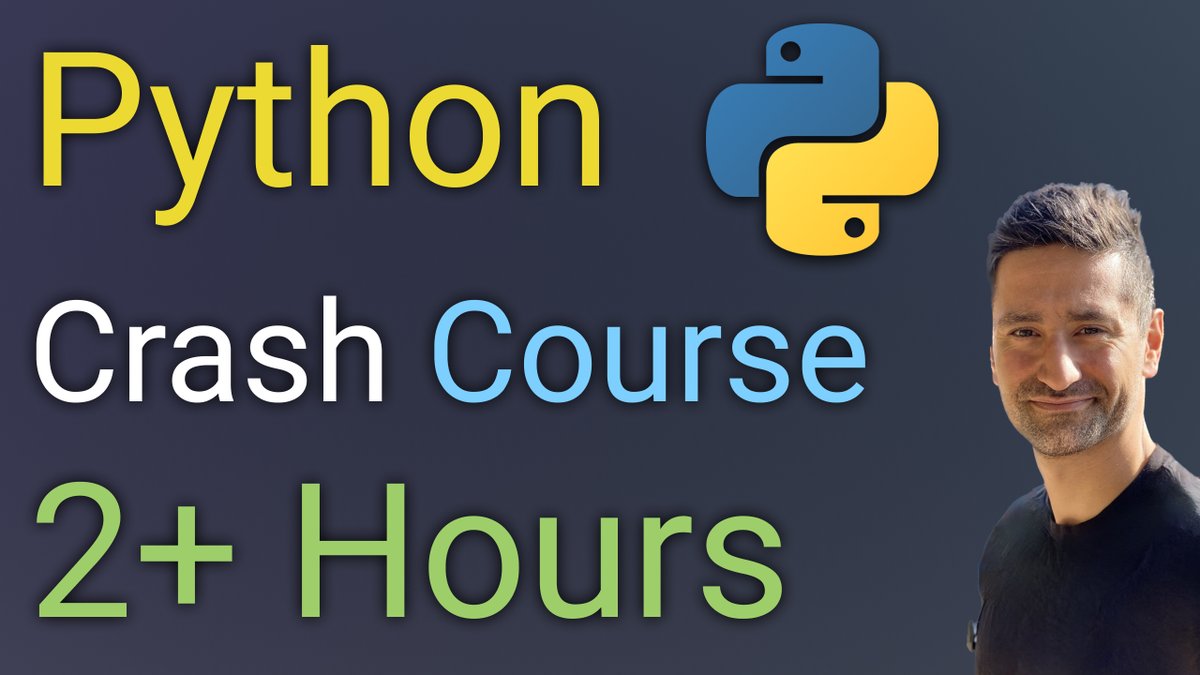
#MobX for Flutter Developers
In this 7+ hours video, we will look at another popular state management solution for Flutter developers, namely MobX, which is also a reactive state management solution just like Bloc and Riverpod
In this 7+ hours video, we will look at another popular state management solution for Flutter developers, namely MobX, which is also a reactive state management solution just like Bloc and Riverpod
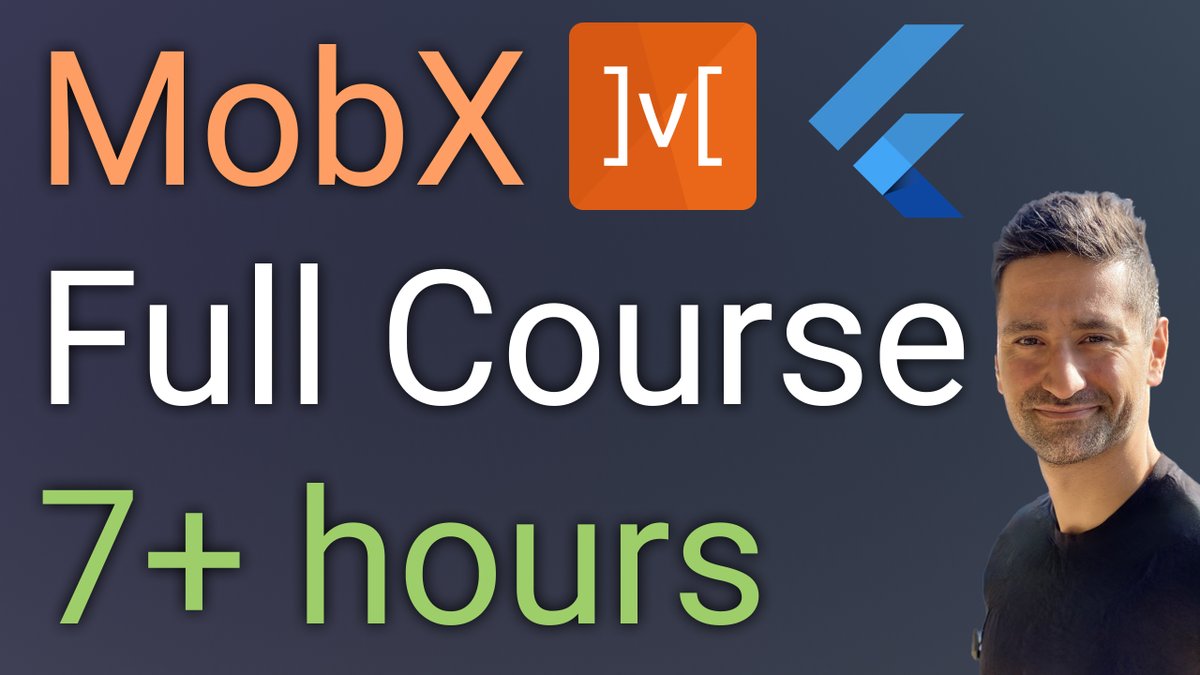
#RxDart Course for Flutter Developers
RxDart is a reactive state management solution for Flutter and Dart. In this video we will learn how to harvest the power of RxDart to create production-level applications in #Flutter
RxDart is a reactive state management solution for Flutter and Dart. In this video we will learn how to harvest the power of RxDart to create production-level applications in #Flutter

#Flutter #State #Management Course
In this course playlist, you will learn about other state management solutions for Flutter including Provider, #Redux, #Flutter #Hooks, #Provider and more youtube.com/playlist?list=…
In this course playlist, you will learn about other state management solutions for Flutter including Provider, #Redux, #Flutter #Hooks, #Provider and more youtube.com/playlist?list=…
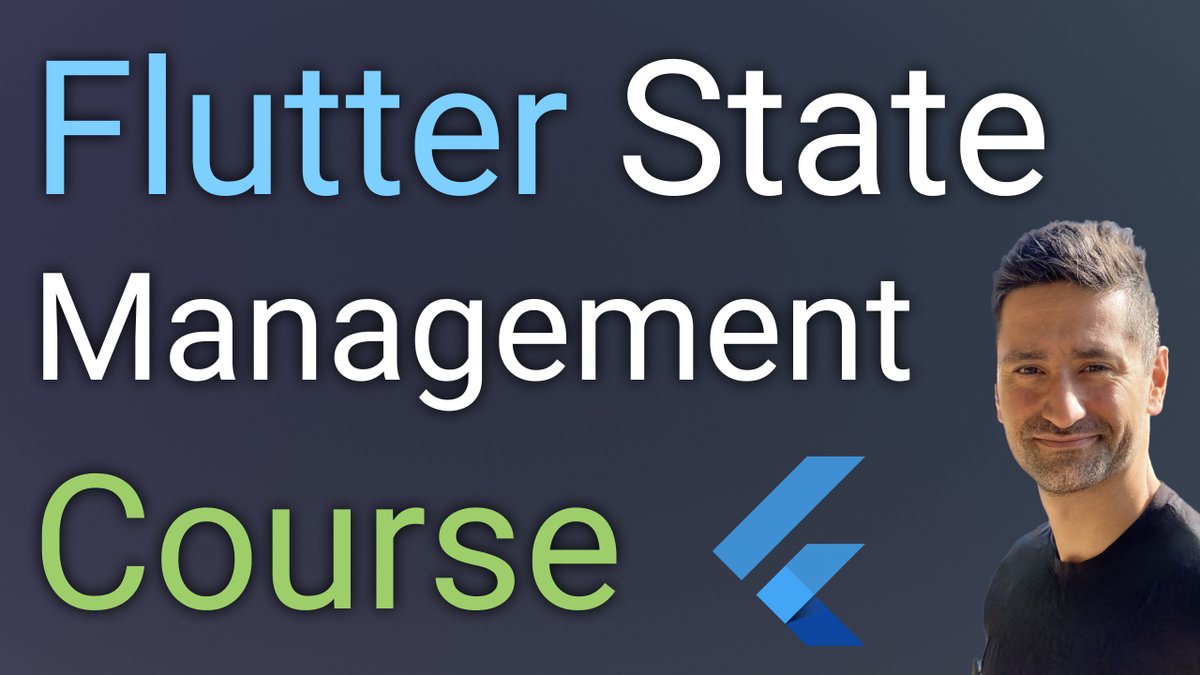
I hope that you enjoyed this thread and if you can, please join my YouTube channel to support my future work youtube.com/c/vandadnp/join 🔥
• • •
Missing some Tweet in this thread? You can try to
force a refresh





